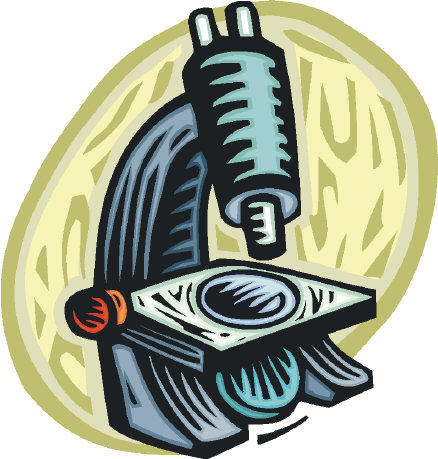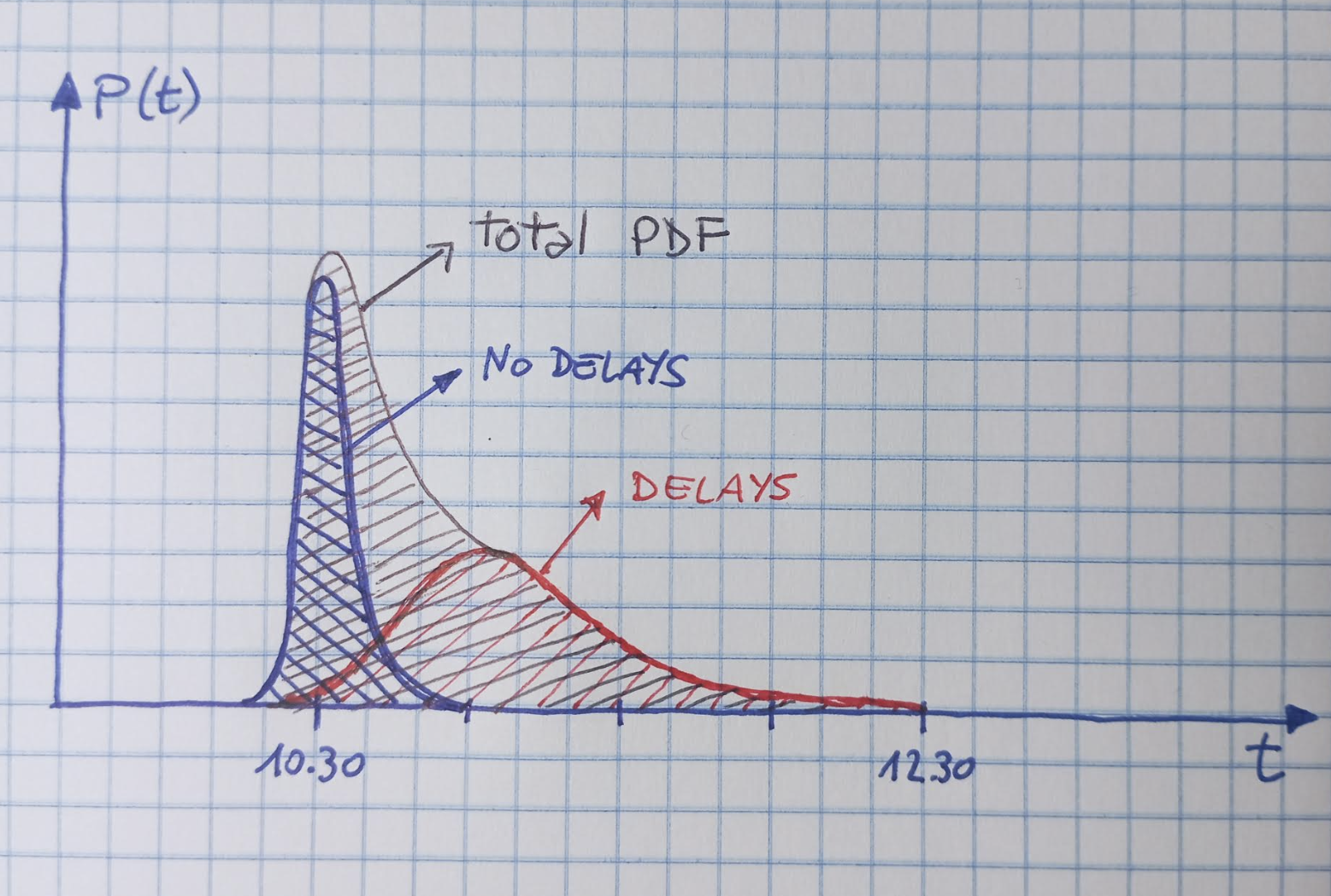The Poster session of Neutrino Telescopes XVI will take place tonight in Venice, at the first floor of the beautiful Palazzo Franchetti. Poster submitters have produced excerpts for the conference blog, so you can also get a summary of the presented results.
The blog offers sixteen excerpts:
At the XVI Neutrino Telescopes conference going on this week in Venice there was a nice presentation on the results of the Borexino experiment. The text below is a writeup of the highlights from the talk, given by Cristiano Galbiati from Princeton University.
(The XVIth edition of "Neutrino Telescopes" is going on in Venice this week. The writeup below is from a talk by M.Nakahata at the morning session today. For more on the conference and the results shown and discussed there, see the conference blog.)
The
XVI edition of "Neutrino Telescopes" is about to start in Venice today. In the meantime, I have started to publish in the conference blog a few excerpts of the posters that compete for the "best poster award" at the conference this week. You might be interested to check them out:
This week I was traveling in Belgium so my blogging activities have been scarce. Back home, I will resume with serious articles soon (with the XVI Neutrino Telescopes conference next week, there will be a lot to report on!). In the meantime, here's a list of short news you might care about as an observer of progress in particle physics research and related topics.
 The Problem With Peer Review
The Problem With Peer Review Interna
Interna The Probability Density Function: A Known Unknown
The Probability Density Function: A Known Unknown Summer Lectures In AI
Summer Lectures In AI 







